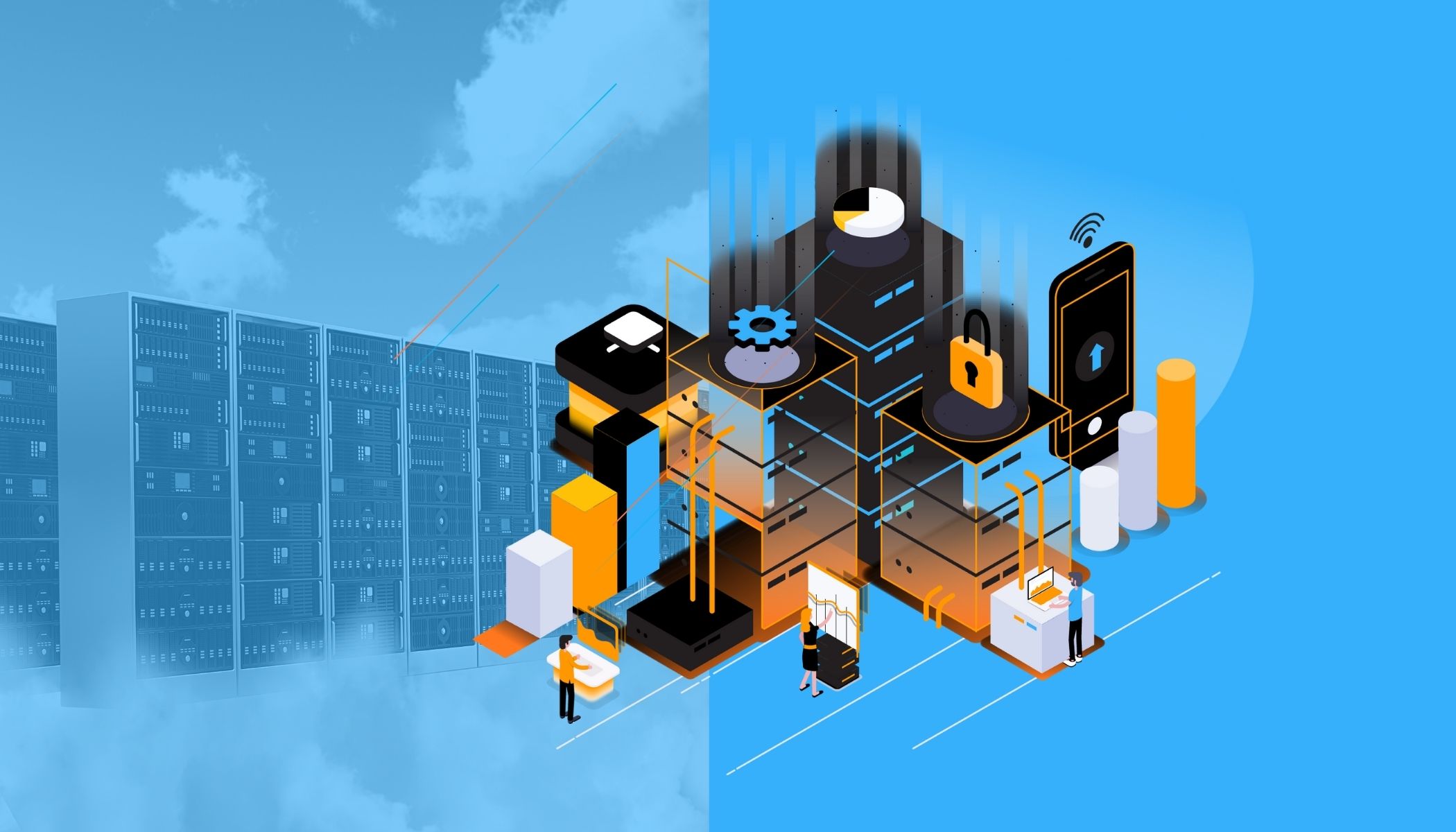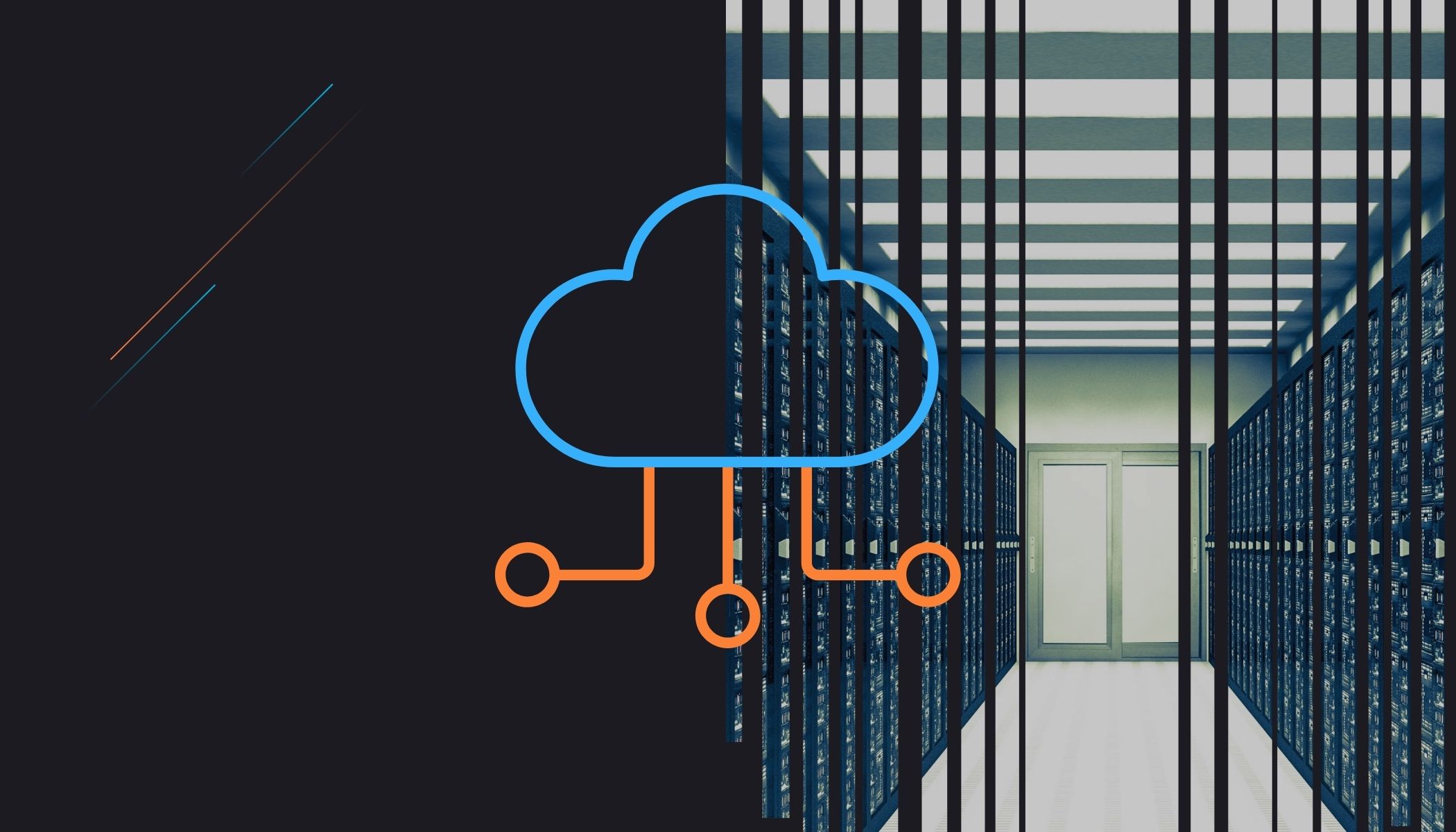Serverless: a server without server ?
When it comes to software development and IT, there's no shortage of buzzwords. For some time now, we have been hearing about the advantages of Serverless (computing without server). But what is hiding behind Serverless technology?
Of course, Serverless systems run on servers ! The term Serverless describes an application or service that runs without having to manually manage or provision servers. The tool runs applications and sets up the necessary infrastructure automatically so that these applications can run without having to manage the underlying hardware and operating system.
The serverless concept has been around for decades, but only recently has it become a practical option for developers. Often used in low latency, high throughput, or high availability environments, serveless allows the user to focus on application logic rather than infrastructure management.
A concept, not a product...
You've probably heard of Serverless, and more specifically FaaS (function as a service). These are two terms that refer to the concept of running applications or pieces of applications, or even microservices without having to manage resources. The trap is to prejudge "how" this is made possible, FaaS platforms are usually public clouds like AWS Lambda, Google Cloud Functions, or Azure Functions which have the ability to deploy containers (ex: Docker) at scale. Alternatives also based on the container principle such as Apache OpenWhisk, FunctionHub or Oracle Fn exist to allow companies to set up their own system.
Aeonics approaches the concept of Serverless and FaaS in a radically different and much less resource-intensive way. Developers have the ability to deploy digital services and code instantly without having to manage resource allocation or configure machines. This more efficient approach can reduce infrastructure costs and increase system responsiveness.

Advantages of serverless architecture
- Reduction of IT resources
Serverless architectures provide significant cost savings over traditional IT architectures because they require less upfront investment in hardware and software licenses, while allowing greater flexibility in spending on IT resources compared to traditional approaches such as as cloud or software as a service (SaaS).
- Faster time to market
Because apps don't require developers to manage infrastructure, they can be built faster and cheaper than traditional apps. They are therefore ideal for new companies or projects that need to be deployed quickly without getting bogged down in long development processes.
- Evolutivity
Since the serverless tool is responsible for scaling the number of instances needed to handle the increased traffic, it can handle much higher loads than traditional applications. This makes it an ideal solution for processing large amounts of data or serving a large number of users at the same time (such as during peak hours).
- Ease of maintenance
Since all aspects of IT infrastructure are handled automatically, developers can focus on application maintenance. As with the principle of microservice, each constituent element of an overall system can be corrected and updated without impacting the other components.
In Short
Serverless computing is a new style of computing infrastructure that lets you build and run applications and services without thinking about servers. It is highly scalable, flexible and cost effective.
Aeonics Aeonics implements this concept in a digitally sustainable way, which brings substantial gains in efficiency and cost reduction from traditional cloud infrastructure.



